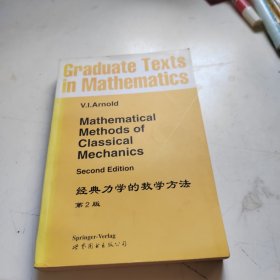
经典力学的数学方法
¥ 58 6.7折 ¥ 87 八五品
仅1件
送至北京市朝阳区
运费快递 ¥10.00
作者V.I.Arnold 著
出版社世界图书出版公司
出版时间1999-11
版次2
装帧平装
上书时间2024-09-11
评价261好评率 100%
- 在售商品 暂无
- 平均发货时间 11小时
- 好评率 100%
- 店主推荐
- 最新上架
商品详情
- 品相描述:八五品
图书标准信息
- 作者 V.I.Arnold 著
- 出版社 世界图书出版公司
- 出版时间 1999-11
- 版次 2
- ISBN 9787506200905
- 定价 87.00元
- 装帧 平装
- 开本 24开
- 纸张 胶版纸
- 页数 516页
- 【内容简介】
- Many different mathematical methods and concepts are used in classical mechanics: differential equations and phase flows, smooth mappings and manifolds, Lie groups and Lie algebras, symplectic geometry and ergodic theory. Many modern mathematical theories arose from problems in mechanics and only later acquired that axiomatic-abstract form which makes them so hard to study.
- 【目录】
-
Preface
Preface to the second edition
Part I NEWTONIAN MECHANICS
Chapter 1 Experimental facts
1. The principles of relativity and determinacy
2. The galilean group and Newton's equations
3. Examples of mechanical systems
Chapter 2 Investigation of the equations of motion
4. Systems with one degree of freedom
5. Systems with two degrees of freedom
6. Conservative force fields
7. Angular momentum
8. Investigation of motion in a central field
9. The motion of a point in three-space
10. Motions of a system of n points
11. The method of similarity
Part II LAGRANGIAN MECHANICS
Chapter 3 Variational principles
12. Calculus of variations
13. Lagrange's equations
14. Legendre transformations
15. Hamilton's equations
16. Liouville's theorem
Chapter 4 Lagrangian mechanics on manifolds
17. Holonomic constraints
18. Differentiable manifolds
19. Lagrangian dynamical systems
20. E. Noether's theorem
21. D'Alembert's principle
Chapter 5 scillations
22. Linearization
23. Small oscillations
24. Behavior of characteristic frequencies
25. Parametric resonance
Chapter 6 Rigid bodies
26. Motion in a moving coordinate system
27. Inertial forces and the Coriolis force
28. Rigid bodies
29. Euler's equations. Poinsot's description of the motion
30. Lagrange's top
31. Sleeping tops and fast tops
Part III HAMILTONIAN MECHANICS
Chapter 7 Differential forms
32. Exterior forms
33. Exterior multiplication
34. Differential forms
35. Integration of differential forms
36. Exterior differentiation
Chapter 8 Symplectic manifolds
37. Symplectic structures on manifolds
38. Hamiltonian phase flows and their integral invariants6
39. The Lie algebra of vector fields
40. The Lie algebra of hamiltonian functions
……
Chapter 9 Canonical formalism
Chapter 10 Introduction to perturbation theory
Appendix
Index
为你推荐

荒野上的大师:中国考古百年纪
全新遂宁
¥28.47

惊封
九品重庆
¥50.00

憨山大师全集(大方广佛华严经纲要十册全)精装
九五品白银
¥990.00
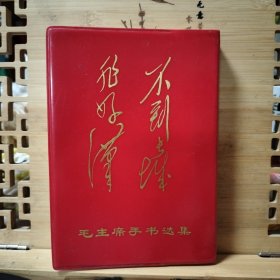
毛主席手书选集
八五品兰州
¥220.00
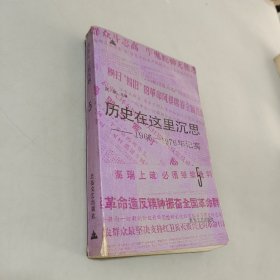
历史在这里沉思
八五品石家庄
¥60.00

马龙闪签名+钤印《苏联兴亡史纲(未删减版)豆瓣8.6》(16开厚册850页,锁线胶订)
全新北京
¥158.00

白鹿原 毛边本(已裁)一版五印 正版 无删减
八品宁波
¥60.00

史记今读(一部非典型的人物志,一部不朽经典是如何写成的,司马迁是怎样成为司马迁的?)
全新遂宁
¥22.47

台湾万卷楼版 果滨《《思益梵天所问经》三种译本比对暨研究(全彩版)》(16开 精装)
全新北京
¥228.00
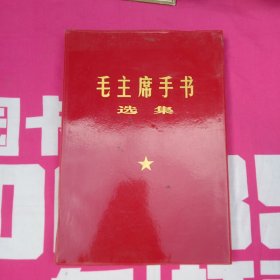
毛主席手书选集
九品北京
¥400.00

地球编年史(全七册)
九五品南京
¥100.00

瑕疵书,编号有误随机 发· 阎连科签名+ 限量编号 +布面精装经典毛边版 · 台湾联经版《聊斋的帷幔》(二版,精装毛边版)
全新北京
¥139.00

智亭山大精连环画上美李自成大精系列
全新晋中
¥80.00
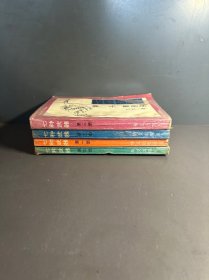
七种武器(1-4)
八五品长沙
¥20.00
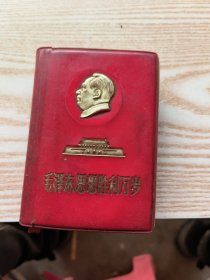
毛泽东思想胜利万岁
八五品周口
¥100.00

《聂绀弩全集》
全新哈尔滨
¥860.00
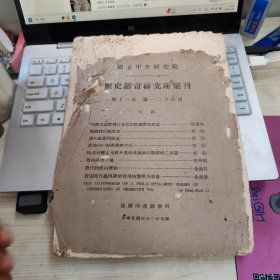
国立中央研究院历史语言研究所集刊第十一本(第一、二分合刊)【中华民国32年初版
七品南京
¥300.00

老房子 爷爷他们收的好多旧书 破书几箱子
八品景德镇
¥9.00
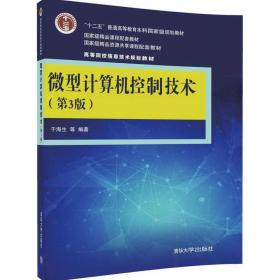
微型计算机控制技术(第3版)/高等院校信息技术规划教材
八五品桂林
¥4.50
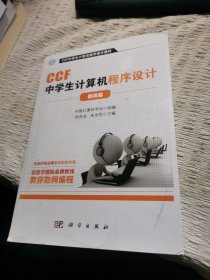
CCF中学生计算机程序设计.提高篇
八五品北京
¥6.00
— 没有更多了 —
微信扫码逛孔网
无需下载








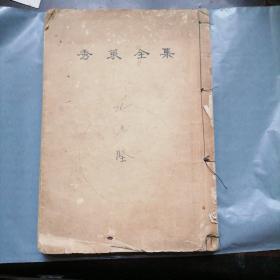
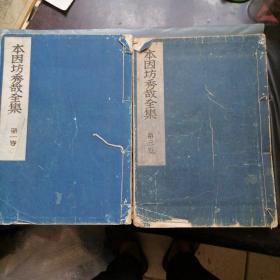
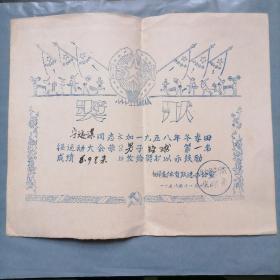

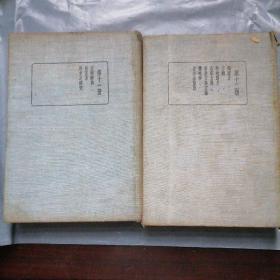
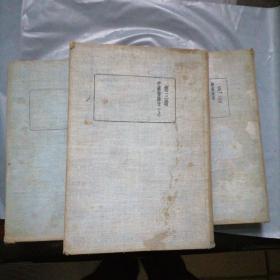

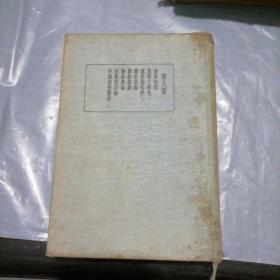
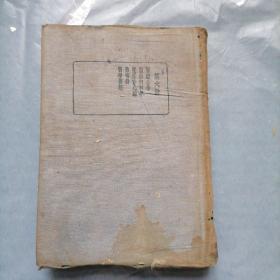











好好好好好好好好好好好好好好好好好好好好好好好好好好好好好好好好好好好好好好好好好好好好好好好好
好好好好好好好好好好好好好好好好好好好好好好好好好好好好好好好好好好好好好好好好好好好好好好好好好好好好好好好好好好好好好好好好好好好好好好好好好好好好好好好好好好好好好好好好好好好好好好好好
好好好好
书品相很好,服务态度很不错,